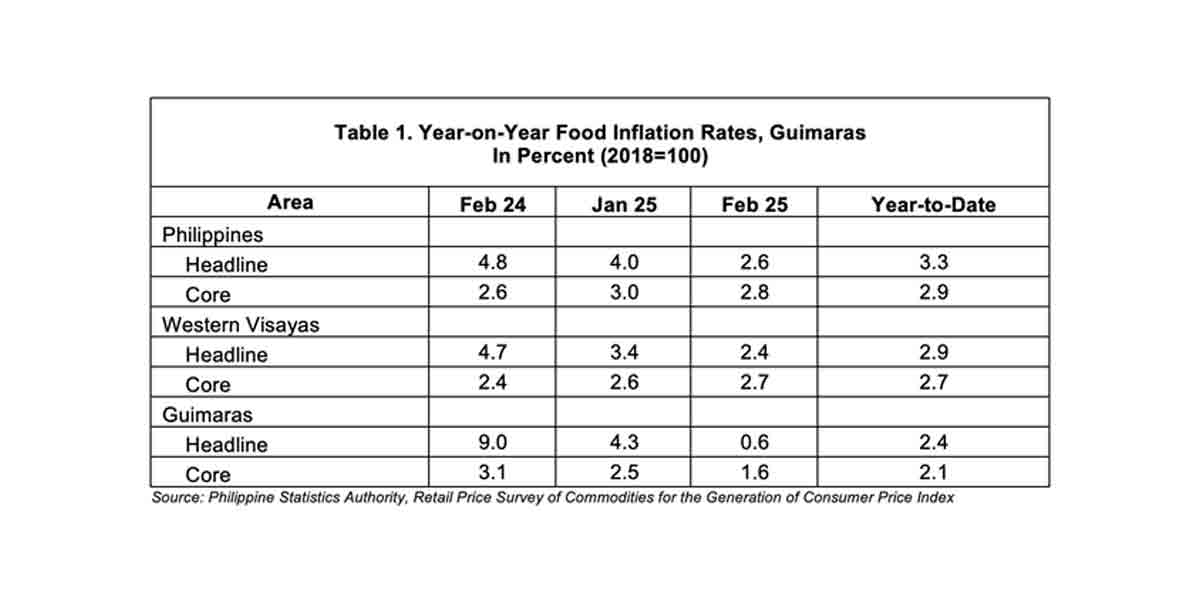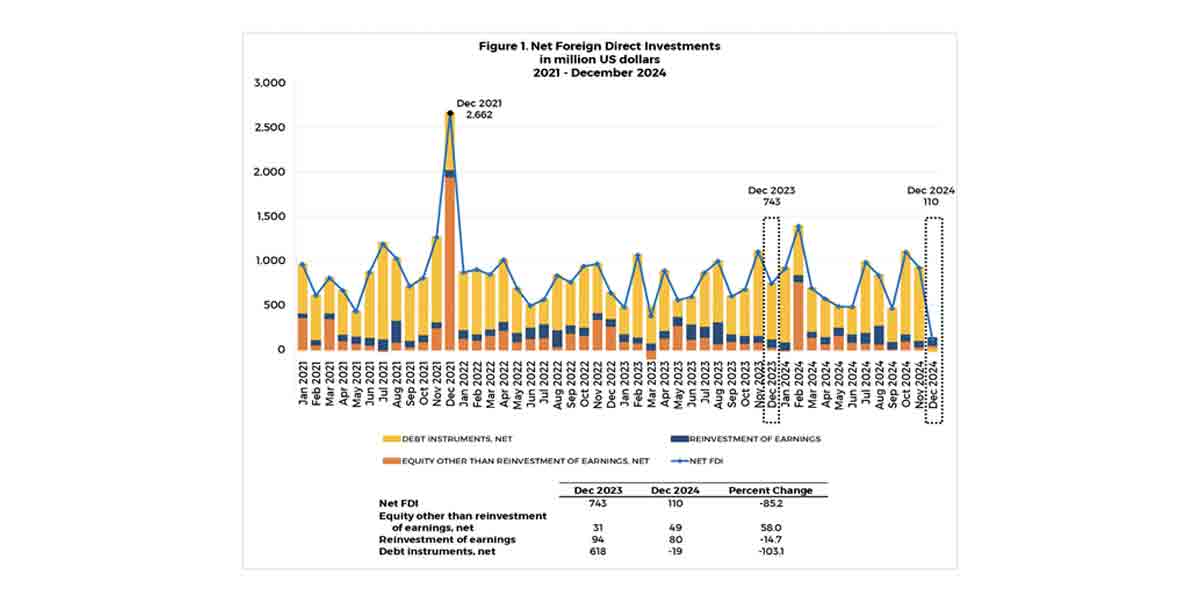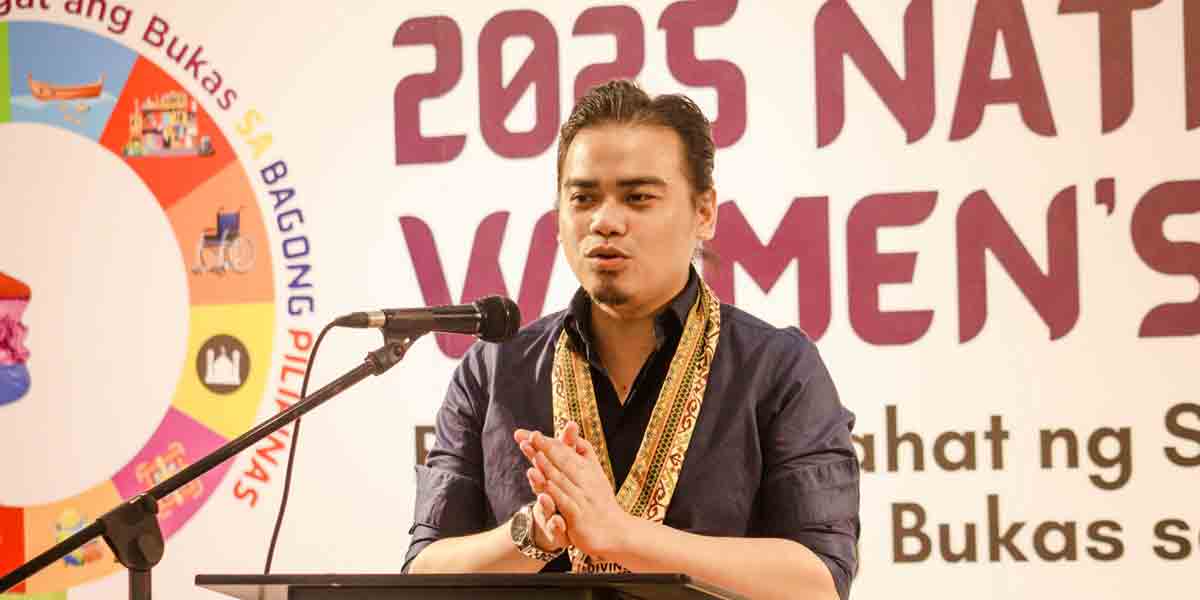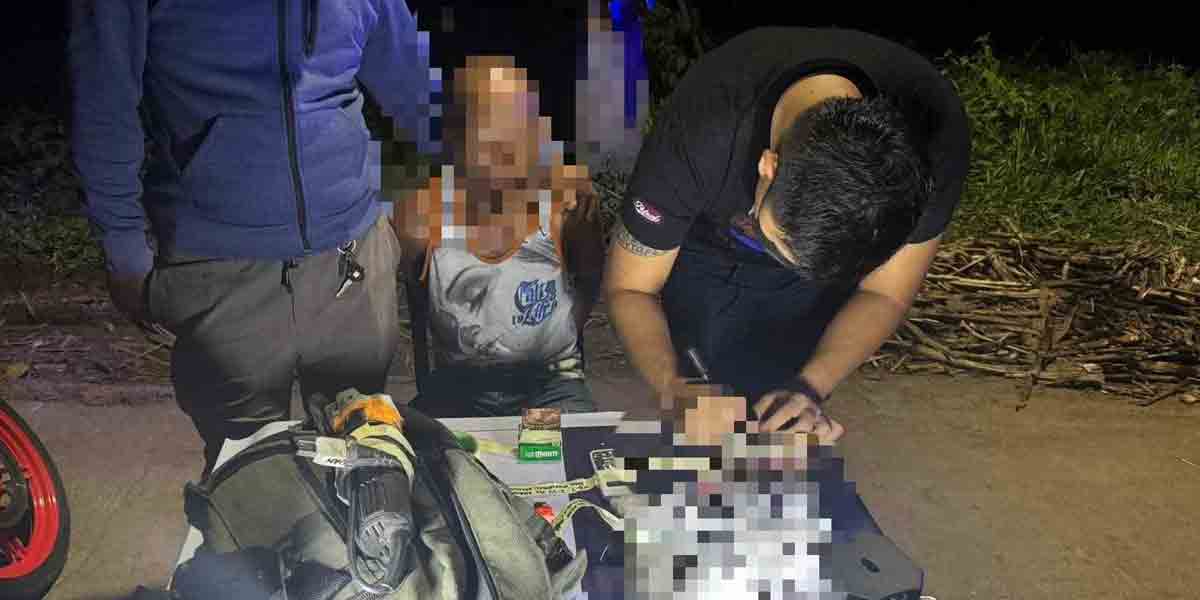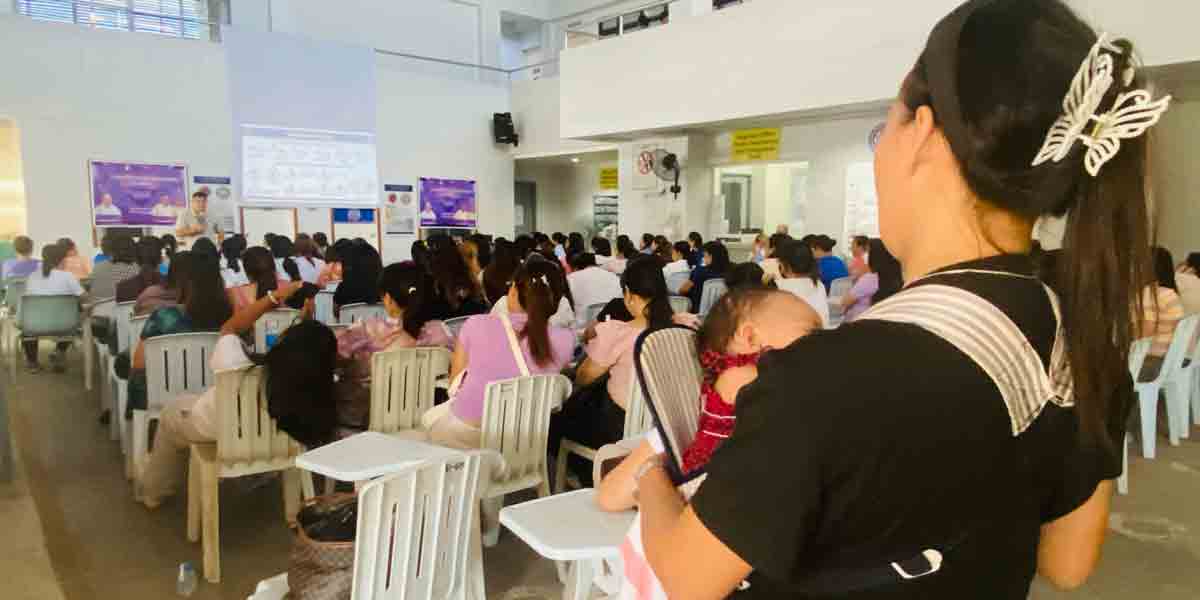
In observance of World AIDS Day last December 1, a network of advocates has launched a media guide on HIV that will help Filipino journalists and media outlets produce ‘truthful, empowering, and human rights-based’ reporting on the issue.
HIV stands for the human immunodeficiency virus.
‘Empowered Stories: Media Guide on HIV Reporting’ contains up-to-date information about HIV in the Philippines as an effort to encourage members of the media to veer away from sensationalized reporting.
“It’s critical for us to recognize that in the past 10 years, we’ve progressed so much on reporting and framing issues related to HIV but it doesn’t mean that there’s no more space for us to improve,” Department of Health Asec. Beverly Ho said.
“Now more than ever with misinformation, we’re fearing a spike in discrimination on all fronts. This guide strengthens the support needed among government, the community, advocates and our communicators to combat stigma,” Asec Ho added.
“Sensationalizing and assuming shame in HIV reporting prevent people from getting tested and availing treatment,” said Anastacio Marasigan, President of TLF SHARE Collective, Inc., one of the organizations behind the media guide.
In the latest data released by the Department of Health-Epidemiology Bureau, the country posted the fastest growing HIV epidemic in Asia and the Pacific region with a 418% change in new infections between 2010 and 2022 and 518% change in AIDS-related deaths between the same period.
There are now an estimated 164,400 people living with HIV in the country and 24,400 new infections are estimated to be added in 2022 alone, and nearly half (47%) are among the youth ages 15-24 years old.
“Public conversations surrounding HIV should inform the public of the latest developments and equip them, especially the youth, with accurate information to protect themselves,” he added.
‘VISIBILITY IS KEY’
The media guide is part of the larger ‘Visibility is Key’ campaign, together with a series of videos featuring PLHIVs from different backgrounds.
“The campaign seeks to break down barriers by putting a spotlight on the lives of courageous individuals who have been living with HIV and leading the country’s HIV response,” said Dr. Louie Ocampo, Country Director of UNAIDS Philippines.
“Persons living with HIV can lead healthy and happy lives and can contribute to nation-building,” he added.
“Highlighting their stories will dispel misconceptions, foster empathy, and create an environment of acceptance.”
LETTING COMMUNITIES BE SEEN AND LEAD
Mara Quesada, Executive Director of Action for Health Initiatives, Inc. (ACHIEVE), said that it will be difficult to address the rising incidence of HIV in the country without the meaningful participation of affected communities in decision-making processes, including in development, implementation, monitoring and evaluation of HIV programs and services.
“Understanding the realities faced by affected communities helps ensure that the national HIV response is relevant and effective. It is time to let communities be seen and lead. It is time to change genres in storytelling about HIV from horror stories into stories of hope. We need a stronger stance against stigma and discrimination,” she added.
“Fostering a climate of openness for dialogue and education is the media’s unique contribution to achieving a world without AIDS by 2030,” Dr. Ocampo also said.





